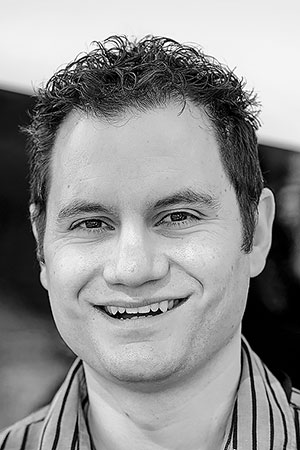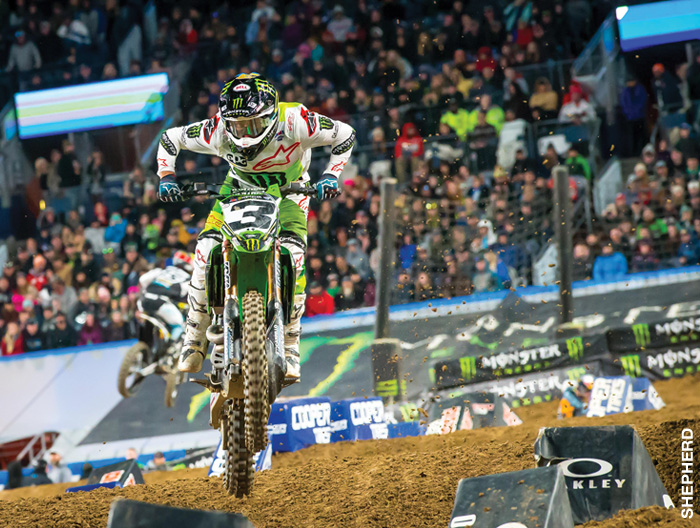

By JASON WEIGANDT ![]() @JASONWEIGANDT
@JASONWEIGANDT

By JASON WEIGANDT ![]() @JASONWEIGANDT
@JASONWEIGANDT

ere in the world of sports arguments, we want to talk about people, not parts. We all think we’re experts in the mental state of human beings—we’ve all walked around this earth with a brain having thoughts, right?—but our experience in race teams’ technical development is fairly limited. Also, that stuff is not fun to talk about. Parts don’t have a soul. They don’t create drama. Thus, all sports debates go in two directions: You have the camp that talks solely about who “wants it” or who is “complacent” or “confident.” That’s fun. You have another side that believes winning is simply a game of numbers, with stats and strategies trumping all.
You know something? The latter group is probably right. Statistical analytics have completely changed how stick and ball games are won. In motorsports, you can talk about the confidence, momentum, or determination of the drivers. Meanwhile, the fastest car wins.


I hear it in NASCAR all the time. There, some team stumbles on a better widget, and it gives them a massive advantage for a few months (until the competition finally figures out what that widget is), but the discussions in the media and with fans never delve into widgets. No sir, they just talk about drivers. In reality, an unknown nerd with a laptop developed that victory six months ago.
NASCAR tried to put racing back into the driver’s hands a few years ago, yielding to driver opinion and reducing downforce—the wind resistance that pushes a car into the track and improves traction. The theory was that, with the car being harder to control, driver talent would play a larger role. However, lack of downforce only made engineering an even bigger factor, and designing some widget that could push the car back down to the track gave a bigger advantage than ever. A few races were cool, but soon the better engineers had outsmarted the rulebook. Now NASCAR has completely reversed course with a new rules package that promises higher downforce and less power, with the theory that cars will stay closer together and the racing will be more competitive. You know what has happened? The good teams with the best engineers keep winning anyway. It’s literally impossible to stop this from happening.
We don’t want to believe that over here. When Eli Tomac went through a puzzling midseason slump, we (fans, media, industry, everyone) jumped all over the mental side. Eli was a headcase. Eli couldn’t handle pressure. Or being passed. Or he was spoiled. Or burned out. Or he couldn’t ride well if Roczen was healthy because Roczen was “in his head.”
It was all mental, until his team made bike changes and he started winning again. This same thing happened in 2017. Then he faltered in New Jersey (mental!) and lost the title, although Eli says that track was too soft and spongy and he couldn’t get comfortable with his bike and that’s what hurt him—not pressure.
I only know one thing: Eli Tomac is more sensitive to bike setup than any elite rider we’ve ever seen, as we continually watch him go from struggling to dominant through setting changes. For him, science and engineering trump all.
Or do they? Maybe he has to get better mentally at riding a bike that doesn’t feel comfortable. Or maybe he needs to better communicate or understand his needs (crew chief Mike Williamson recently left the team, which indicates . . . something). In the end, parts and pieces are making the difference, but there’s a human element to all of it—which is good, because that’s all we really want to talk about. ![]()